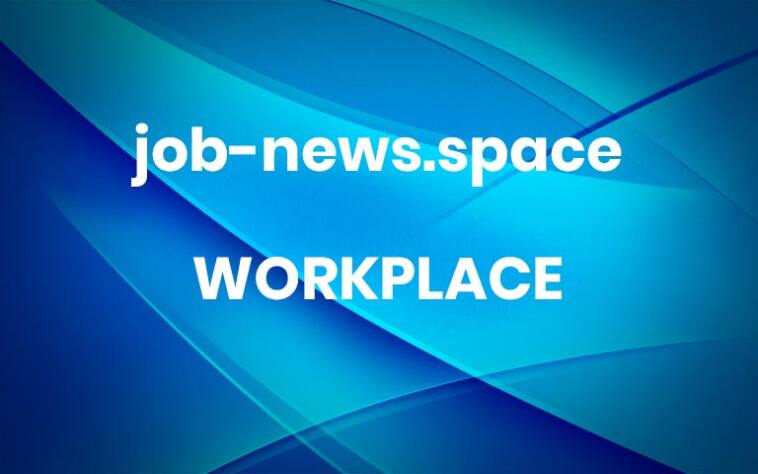Holistic Workplace Wellbeing: 6 Ways Employers Can Unlock Greater Engagement and Productivity
A quarter of employees believe their job negatively affects both their mental and physical health, according to the CIPD’s Good Work Index 2025. This represents roughly 8.5 million working people in the UK.
The same report also highlights that poor workplace relationships harm productivity, specifically pointing to the influence that poor relationships with colleagues and line managers have.
Furthermore, “those whose work affects their mental health negatively are more likely to quit, less likely to recommend their employer, and have lower job satisfaction”.
With a clear link between wellbeing and business outcomes, businesses need to act for the sake of the organisation’s longevity and its people.
But how do businesses nurture employee physical and mental health?
#1 Inspiring meaningful conversations
Speaking about challenges that affect work and productivity can feel overwhelming for many, especially those who feel uncertain of the underlying implications this may have on how they’re perceived. A workplace that champions conversations about mental and physical wellbeing gives employees the courage to seek the support they need.
Language matters. Medical terms such as ‘disorder’, ‘condition’ or ‘syndrome’ have a way of stigmatising issues, isolating those who feel labelled and defined by such terms. The imperative lies in replacing harsh and divisive medical language with open and honest conversations based on common ground. Everyone, at one point in their lives, is likely to experience some form of mental or physical strain born from circumstances out of their control.
#2 Remembering physical health
A holistic wellbeing approach can build an engaged and happy workforce. With conversation focused on mental health, it can be easy to let physical health fall to the wayside, especially if businesses are caught out in thinking that adverse physical effects are only related to physically demanding jobs.
Ergonomic issues related to sedentary work have a profound effect on employee wellbeing and should be efficiently and effectively remedied. Third-party occupational health support is an excellent avenue that provides expert support to all employees.
For a business to see the full picture, corporate health assessments (completed internally or externally with employees in the office or working remotely) help identify individual work challenges and introduce appropriate offerings based on the findings.
For example, making steps towards change can be as simple as carrying out assessments of and adjustments to display screen equipment. No matter the size or budget of a business, this is effective and helpful to all employees. Where required, access to in-person or online physiotherapy will prevent and remedy musculoskeletal problems resulting from sedentary work.
Further inclusion of fitness classes through employee membership programmes, cycle to work schemes, and home office set-up budgets will enhance physical wellbeing throughout.
#3 Mobilising leaders and managers
Providing managers with training that champions conversations about mental and physical wellbeing can be meaningful and impactful. While it may be difficult to reach out for help, supporting someone’s wellbeing can be a heavy load for someone ill-equipped to manage it.
Physical and mental first aid training equips managers and leaders with the skills they need to confidently support their colleagues. In turn, those in need of support know that their managers and colleagues are educated and equipped to support them.
#4 Auditing available support
To provide the full support employees need, start by auditing what physical and mental health support is currently available, committing to fill any shortfalls. Part of this involves ensuring that the support is available is all-encompassing, catering to those who may find it more difficult to take up available support.
A popular programme provided by businesses across the UK is the employee assistance programme (EAP), while others might provide access to counselling or advice through charities or local community services. All these lines of support give employees the courage to address their wellbeing through a service provided through their workplace.
When it comes to physical wellbeing, policies are the most practical way to disseminate information and educate employees about how they can enhance their physical wellbeing at work, and what support is available to them. These policies can include advice and guidance for employees on how they should set up their workspaces in the office or at home.
#5 Building meaningful workplace relationships
Businesses committed to fostering a culture of recognition and engagement know the fundamental role this plays in ensuring employees have strong relationships with one another.
Workplace relationships are instrumental in supporting physical and mental health, as highlighted by the CIPD.
As a byproduct, a workplace built upon mutual respect and strong relationships breeds a culture of recognition and engagement. Employees who are appreciated and valued are not only happier at work but 43 percent more effective, too.
Championing recognition as a leadership tool, personalising recognition and wellbeing support, and providing space for authentic connection is something all managers should be trained and aligned on. Communication and social engagement will thrive as employees work together as colleagues and friends.
#6 Recruiting with wellness in mind
Holistic wellbeing starts at recruitment, and candidates increasingly judge an employer based on their approach. Businesses must stay competitive to appeal to the needs of an increasingly stressed-out population.
Recent research shows that one in every five Brits find themselves feeling stressed every day. Stress affects mental and physical wellbeing in a myriad of ways, and more people are looking to prioritise a healthy work-life balance.
Organisations offering wellness programmes, access to health services, fitness packages, and mental health support will be prioritised by sought-after talent. Word of mouth and reputation will precede this kind of organisation, organically attracting prospective employees before and during recruitment initiatives.
By Chris Britton, People Experience Director at Reward Gateway | Edenred.
Share this post: More




